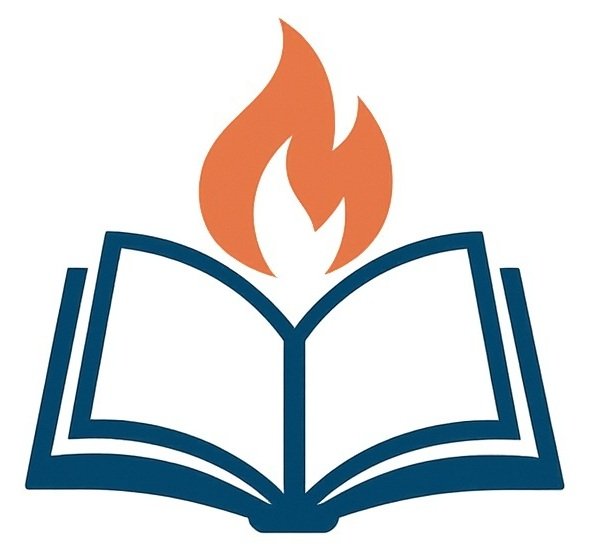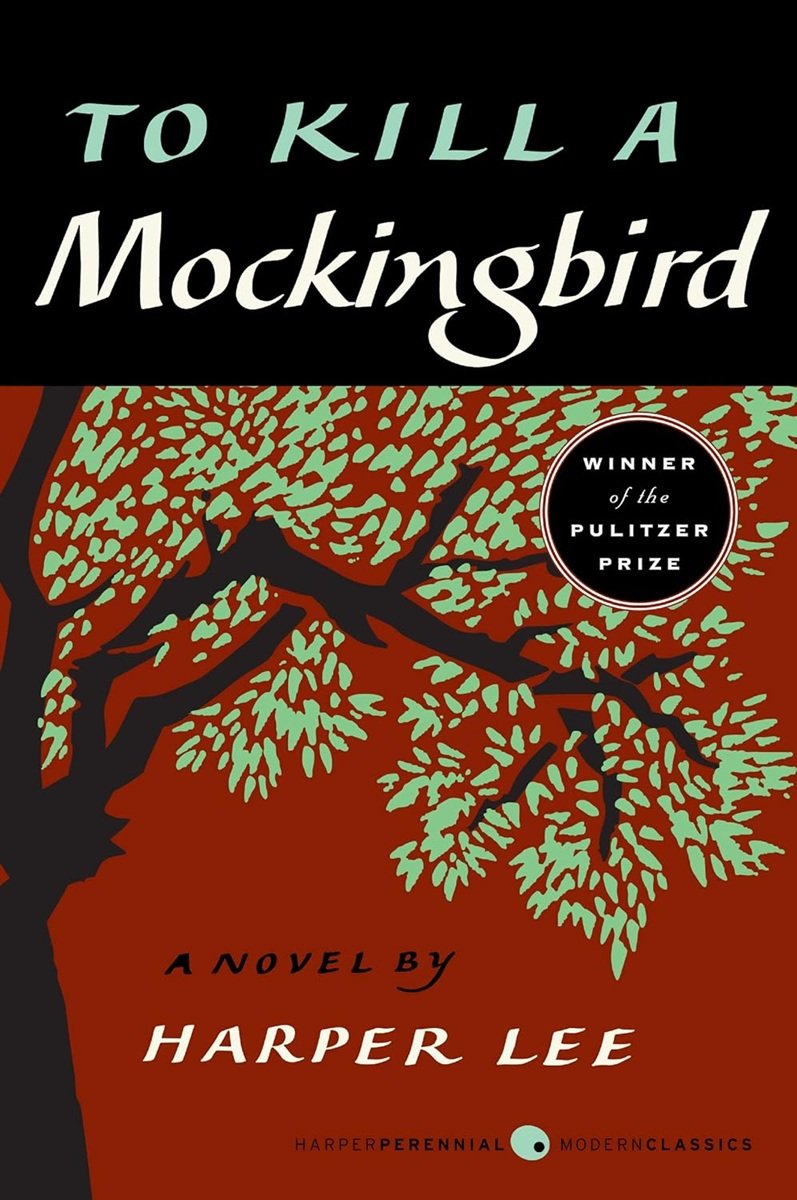Your cart is currently empty!
Harper Lee’s To Kill a Mockingbird is a timeless classic that invites students to explore themes of justice, morality, and empathy through the eyes of Scout Finch, a young girl growing up in the racially divided South. This powerful novel addresses prejudice, courage, and the search for truth, making it a cornerstone of high school literature study. This literature guide aligns with U.S. core standards, providing strategies, activities, and assessments to deepen student understanding while fostering critical thinking, discussion, and meaningful connections to contemporary social issues.

| Title | To Kill a Mockingbird |
| Author | Harper Lee |
| Year Published | 1960 |
| Suitable Grade Level | Grades 9–12 (typically taught in 10th or 11th grade; some advanced programs may introduce in 9th) |
| Key Themes | – Racial injustice: Systemic racism and its effects on individuals and society. – Morality and ethics: Making the right choices despite social pressure. – Empathy and compassion: Understanding others’ perspectives. – Loss of innocence: Children confronting harsh realities. – Courage: Standing up for justice despite danger or ridicule. – Social inequality: Class divisions and prejudice within communities. |
| Literary Elements | – Characterization: Scout, Atticus, Jem, Boo Radley. – Point of View: First-person narrative through Scout’s perspective. – Setting: 1930s Maycomb, Alabama, depicting the Great Depression and Jim Crow laws. – Plot Structure: Coming-of-age story intertwined with a courtroom drama. – Symbolism: Mockingbird representing innocence and goodness. – Motifs: Childhood, storytelling, and morality. |
| Rhetorical Devices | – Foreshadowing: Hints at later events, e.g., the trial. – Irony: Societal hypocrisy, especially regarding justice. – Imagery: Vivid descriptions of Maycomb, courtroom, and characters. – Allegory: The trial as a larger commentary on morality and justice. – Dialect: Authentic Southern speech patterns to convey character and setting. – Tone: Reflective, moral, and sometimes satirical. |
| Curriculum Connections | – History/Social Studies: Jim Crow laws, Great Depression, civil rights. – English/Literature: Literary analysis of narrative voice, symbolism, characterization. – Ethics/Philosophy: Discussions on morality, justice, and human behavior. – Sociology: Prejudice, class, and social dynamics. – Cross-curricular projects: Sebates, creative writing, and historical research. |

